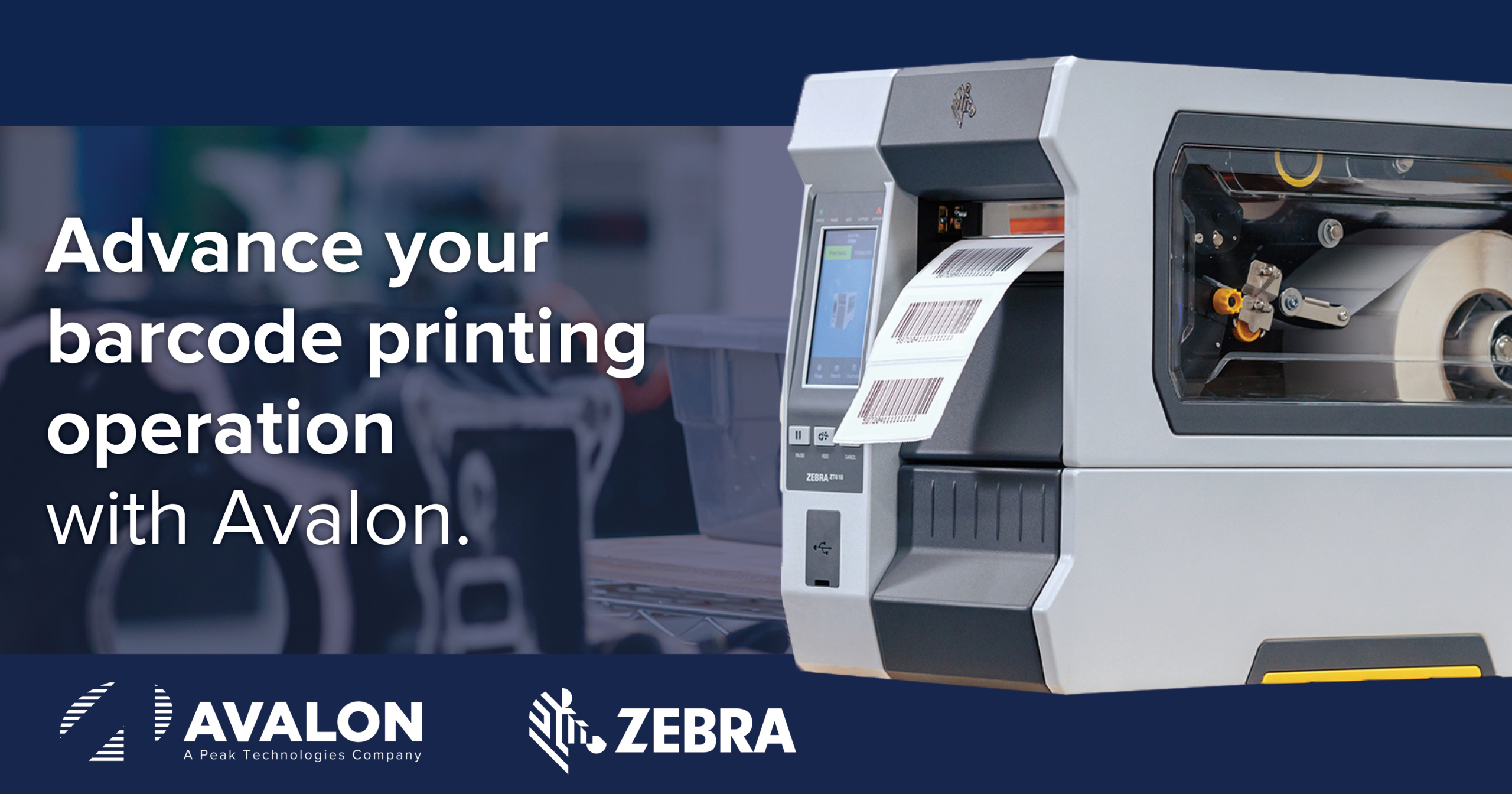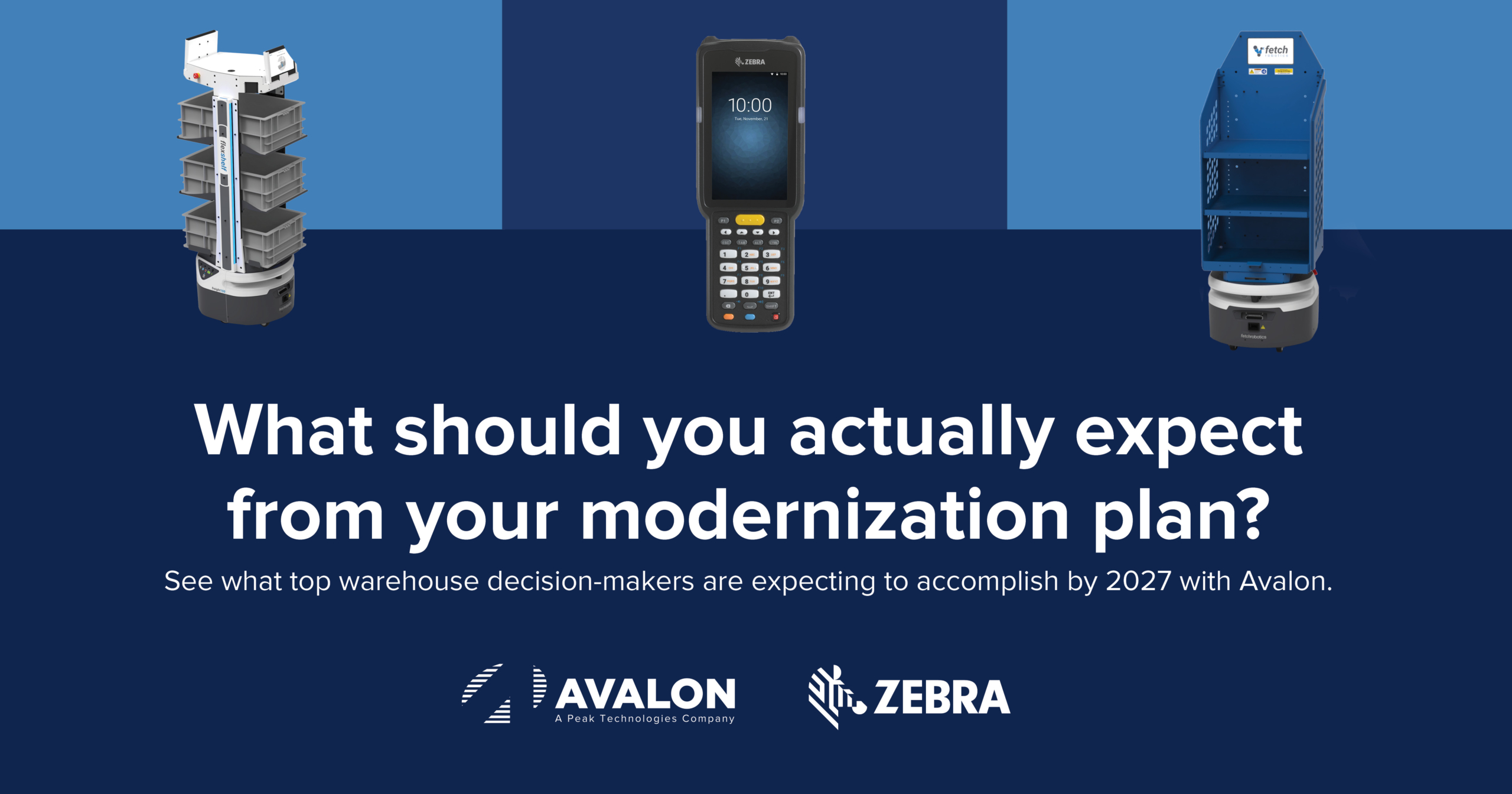When facing shifting customer expectations and labor shortages, it can be tempting to choose easier technologies that are familiar to incoming workers to accelerate onboarding. Consumer-grade technologies tend to find favor in the supply chain since they break high adoption curves and are easily embraced by new workers. However, studies show that consumer devices cost up to 50% more than rugged devices over five years, so while they diminish upfront costs and training, they end up costing more with long downtime periods and acquisition costs. The IDC estimates that after adding up annual repair costs, out-of-pocket costs, and lost productivity, the average cost associated with a non-rugged tablet is $2,462, while those who purchase rugged tablets give businesses an ROI only after the first year. Purchasing a consumer device can cause unnecessary expenses and a loss in productivity, while choosing rugged enterprise devices can help save time and money to improve operational efficiency, whether it’s in your store, field, manufacturing plant, or warehouse.
Empower Your Enterprise with Versatile and Dependable Performance.
To equip their enterprise with the right durability and versatility, more decision-makers are implementing enterprise tablets that help expand industry capabilities. Built to support several supply chain industries, Zebra’s new ET40 enterprise tablets increase staff productivity, reduce total cost of ownership, and simplify management. Unlike consumer tablets, they empower teams with:
- Rugged durability that secures efficiency – Implementing Zebra’s ET40 tablet empowers business with a rugged design right out of the box and a business class lifestyle with guaranteed device availability for three years. This delivers a strong ROI that makes great business sense and withstands tough environments such as those in warehousing, manufacturing, and field service environments.
- Streamlined data capture and accuracy with embedded scanning capabilities – No matter what type of scanning your workers do, there should be a scan engine that’s right for the job. Enterprise tablets like Zebra’s ET40 can provide warehouse workers and retail associates with the specific scanning capabilities they need. From standard range scanning to advanced range scanning, deliver split-second first time capture of virtually every barcode, in practically any condition.
- Maximum security – Protecting the devices that ensure productivity and efficiency in your business should be built into your devices. Android’s security in the Zebra ET40 maximizes device availability and can be improved with Mobility Extensions to offer over a hundred features to improve Android security, manageability and more.
- Maximize capabilities with Android productivity apps – Equip your workers with an easy-to-carry 8-inch design for easy viewing of information rich apps and the ability to control those apps. This gives your store associates, warehouse workers, and field technicians more control over task management and fulfillment.
- Versatile capabilities that expand operations – A wide range of what your devices can do can give your workers the ability to easily complete tasks. Zebra’s ET40 tablet can also turn into a two-way and the multi-slot and desktop charging cradles simplify backroom device management. Additionally, you can create a workstation on demand with the Workstation cradle and create a kiosk and more with the Presentation stand. More versatile manufacturing, warehousing, store operations, or field service allows your business to adapt to demands and maintain consistency.
In other words, consumer-grade tablets cannot deliver the performance your business needs to adapt to consumer expectations. In place of fragile devices, consider evaluating your systems with an experienced automation partner to deploy solutions designed for increased productivity and ease of use.








